Resources
The latest in omics research, from discovery and multi-omics approaches through to diagnostics development
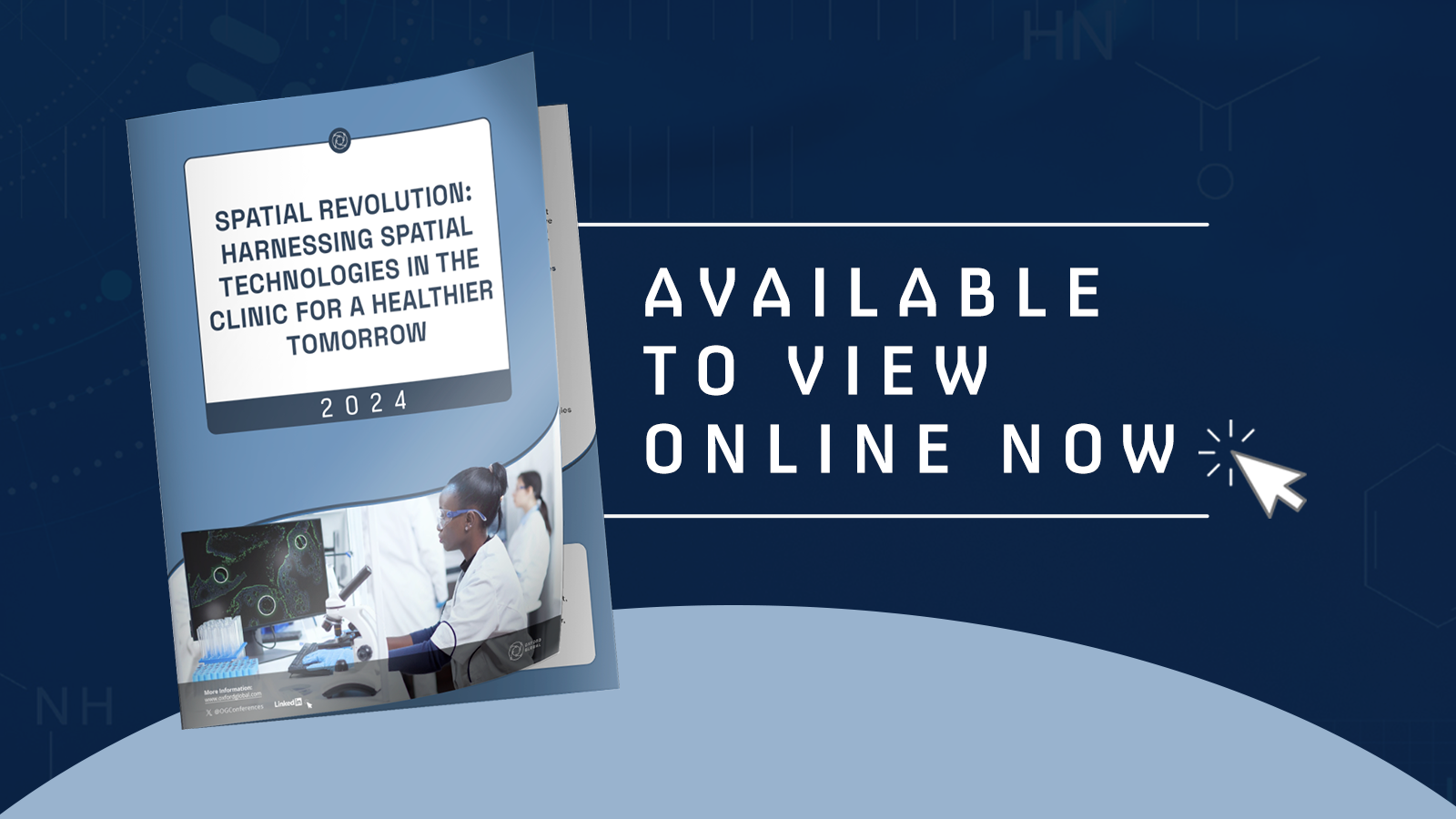
Envisioning a future where spatial technologies pave the way for more accurate diagnoses, targeted treatments, and ultimately, improved patient outcomes. Download our eBook today!
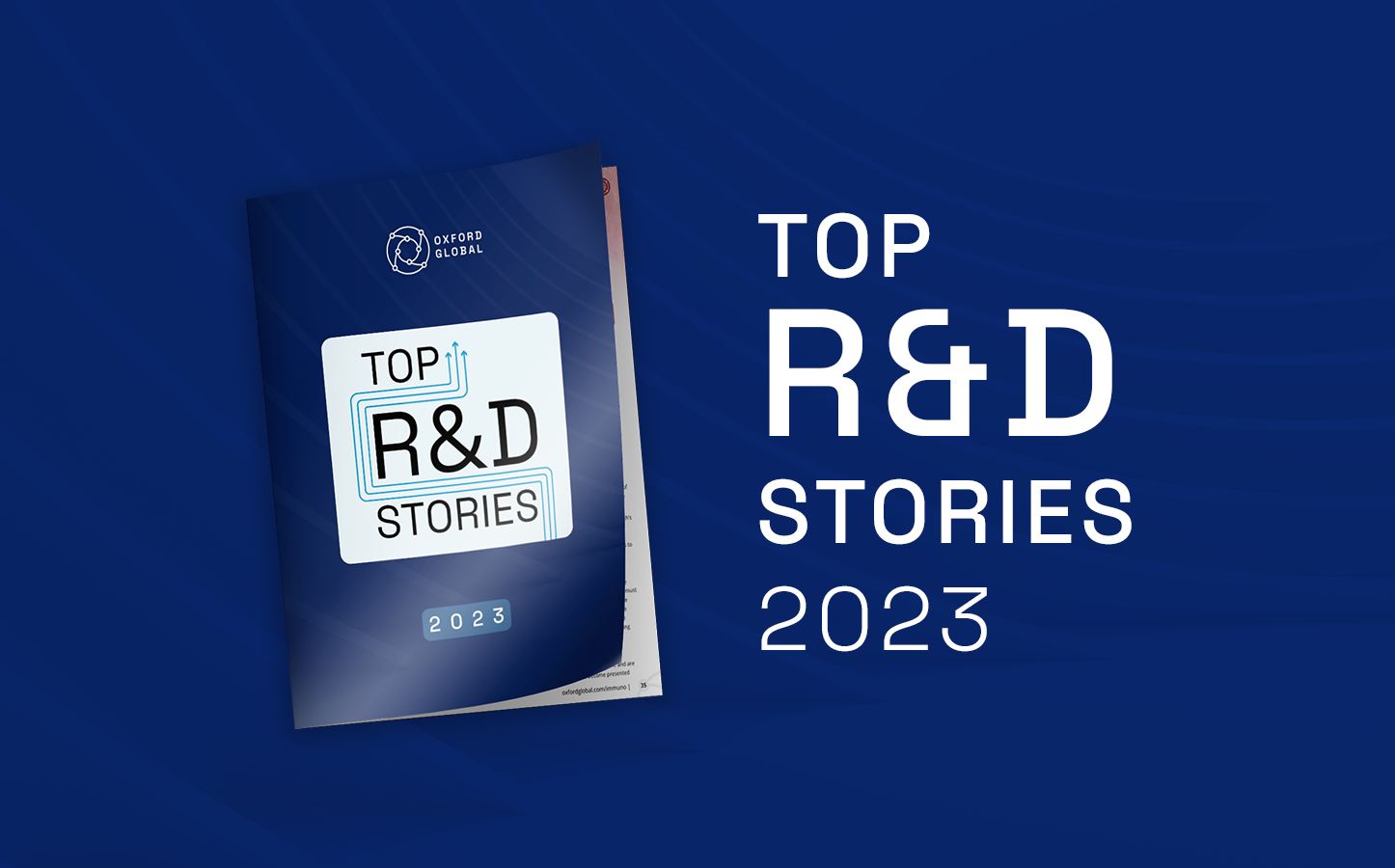
Top R&D Stories of 2023
Through captivating articles, insight pieces, and spotlight interviews, we delve into the remarkable innovations, breakthroughs, and scientific marvels that have defined the landscape of research over the past year.

Spatial Biology
Spatial Data: Computational Methods and Deep Learning-Based Models
In this Commentary article, we explore how the current boom in AI is enabling researchers to take bold new steps in data analysis, with the potential for its utilisation in coordinating new healthcare responses. Trusted research environments have increased the feasibility of using translational research to help tackle new and approaching problems in healthcare.

NGS & Clinical Diagnostics
Data Collection, Image Modelling, and Spatial Analysis: Quality Control for Quality Data
The potential applications of deep learning tools in preliminary studies have developed along with their complexity in the past few years. Now, they could be used to help to refine a study or programme before it takes place in order to optimise its efficiency.
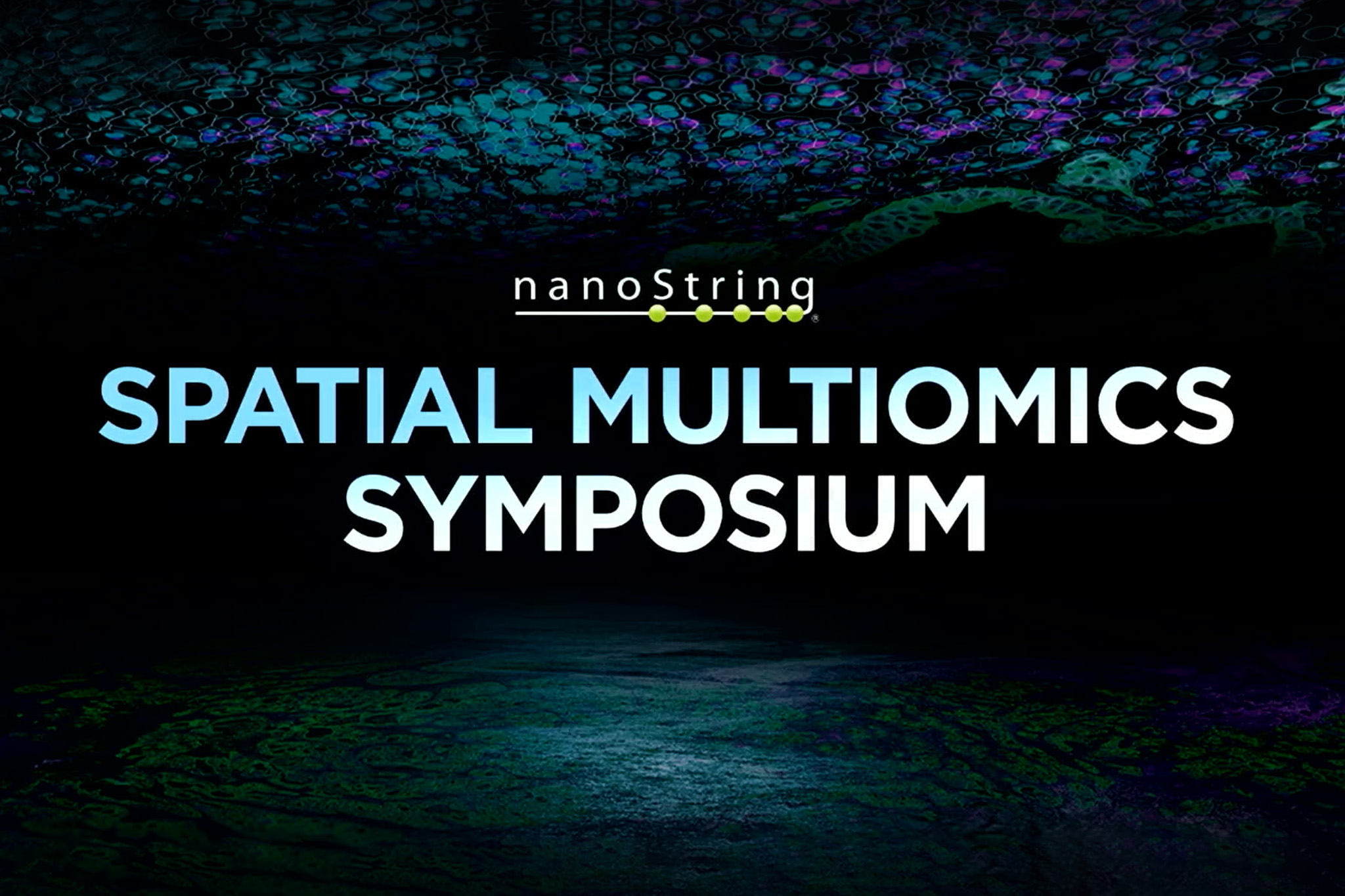
Spatial Biology
Spatial Multiomics Symposium
Presented by experts from NanoString, Weill Cornell Medicine, St. Louis University School of Medicine, University of Queensland, Wake Forest University of Medicine & Brigham and Womens Hospital

NGS & Clinical Diagnostics
Next Generation Nucleic Acid Extraction for NGS: Increased Yields and More Efficient Workflows for Extraction from FFPE
On-demand seminar. Learn more about the Ionic system and a real-world case study on how the Ionic is being utilized at a leading cancer centre.

NGS & Clinical Diagnostics
Data Integration in Genomic Analysis: Computational Methods for the Integration of Spatial Metabolomics
This Commentary article explores the potential applications which arise from combining multiple modalities of information to augment the spatial resolution of data.
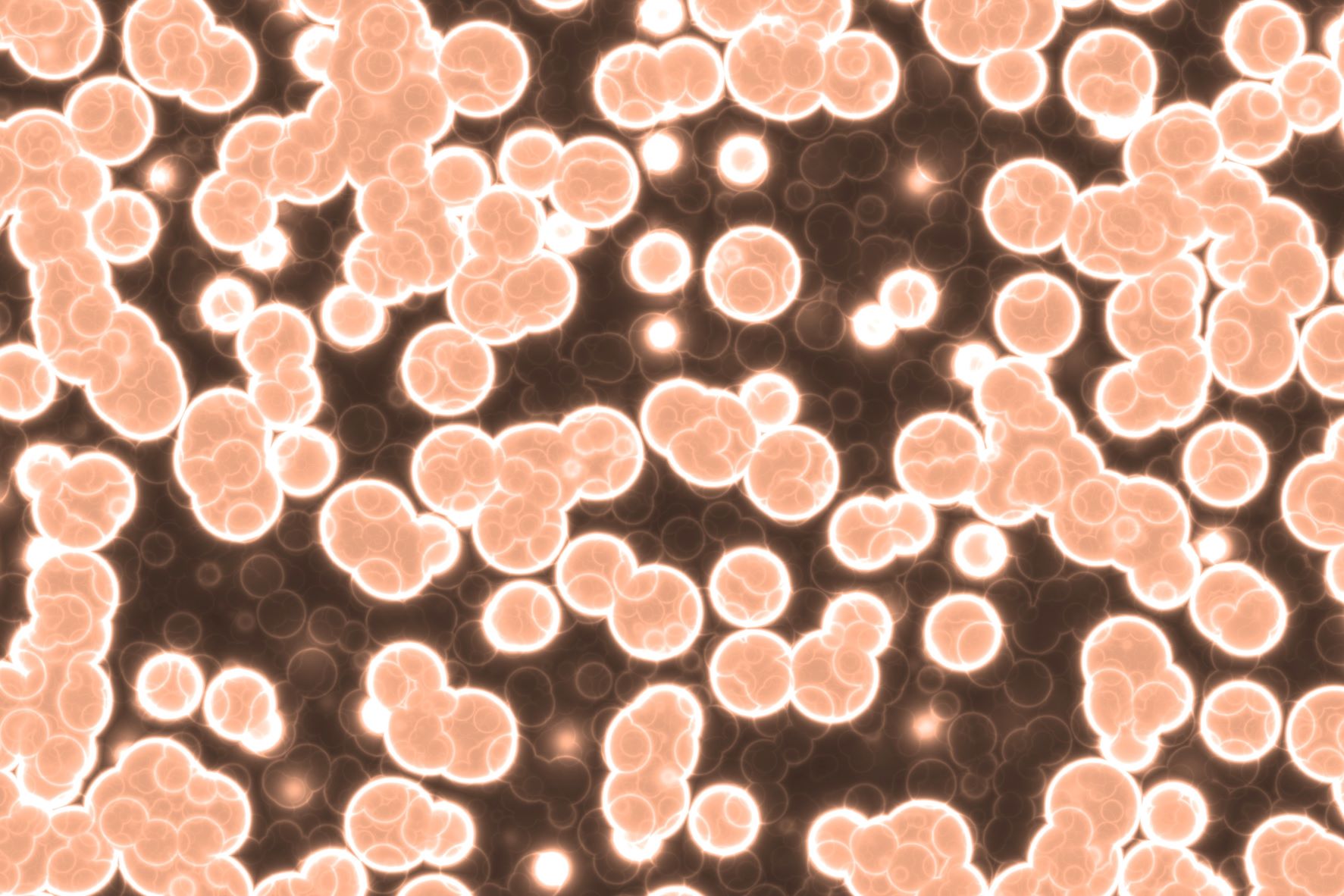
Single Cell Analysis
Sparsely Connected Autoencoders: A Multi-Purpose Tool for Single Cell Omics Analysis
In this Commentary article, we explore the opportunity afforded by Sparsely Connected Autoencoders to transform data in a controlled way to enable the comprehension of hidden biological information in single-cell data. Autoencoders provide researchers with a simplified means of inspecting functional relationships among regulatory elements as transcription factors.
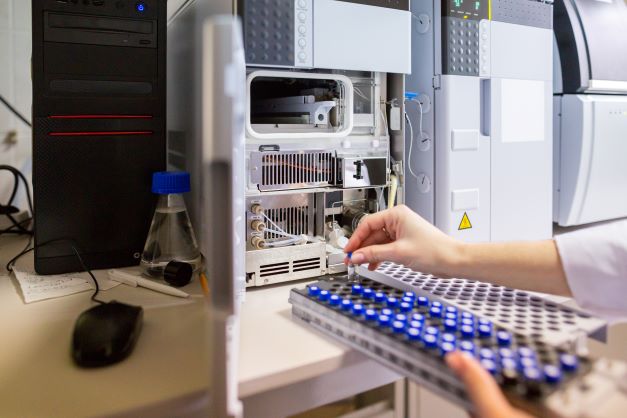
Spatial Biology
Mass Spectrometry: Modern Medicines Swiss Army Knife
This Insight article explores some of the key applications of mass spectrometry imaging across the medical and pharmaceutical landscape. With the field seeing constant rapid development, mass spectrometry is an essential tool for current and future research in healthcare.
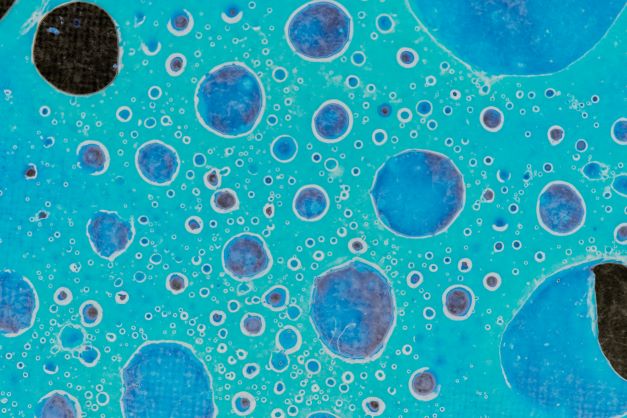
Single Cell Analysis
Single Cell Analysis of the Tumour Microenvironment: Improving Understandings of Immune Contexts
This Discussion Group Report investigates some of the various applications of single cell analysis, and explores the differences in its utility relative to other analysis techniques such as spatial transcriptomics.
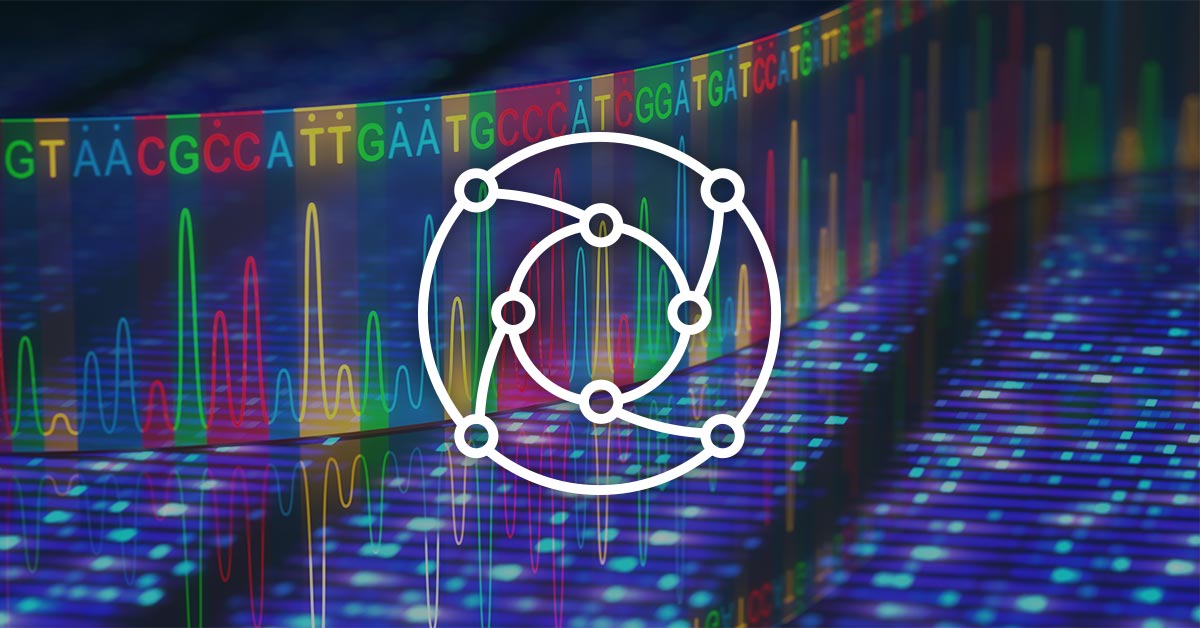
Spatial Biology
Event Showcase: Sequencing the Future at Spatial Biology Europe
Miao-Ping Chien, Principal Investigator at Erasmus University Medical Center and Oncode Institute, explains what the Berlin meet has to offer and outlines her predictions for the future of spatial technology.

Genome Editing
Advances in Long Read DNA Sequencing
Long Read DNA Sequencing has the potential to help diagnose several diseases and disorders. Recent advancements mean that long-read sequencing is no longer an expensive, low throughput, error-prone process.
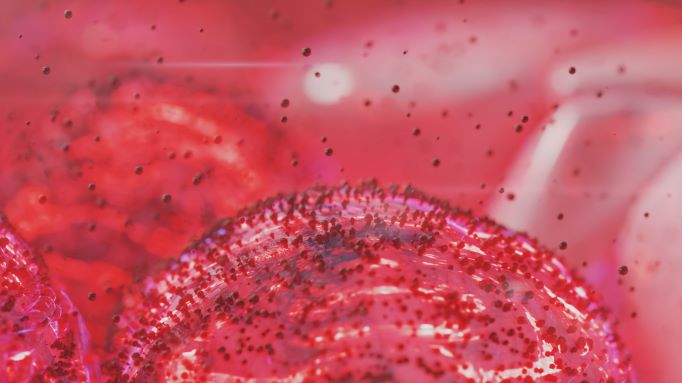
Spatial Biology
Spatial Analysis of the Tumour Microenvironment: Key Perspectives and New Areas of Focus
In this Insight article, we explore some of the challenges and new innovations concerning spatial analysis of the tumour microenvironment. One of the key focuses for ongoing studies is the retention of spatial information, which enables researchers to identify distinct tumour subtypes.
Subscribe to Our Newsletter
Sign up for our monthly newsletter to
keep up with all things omics






